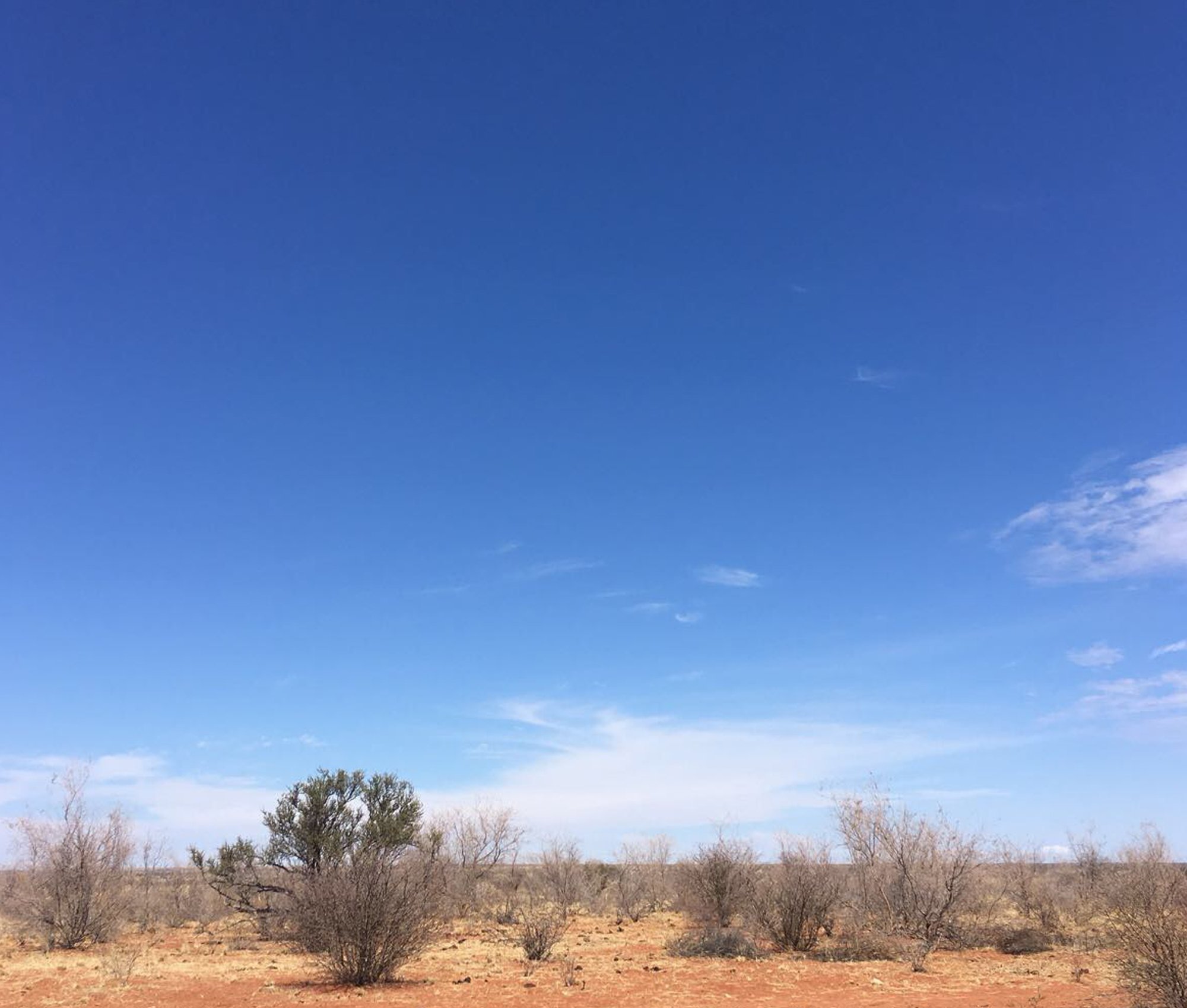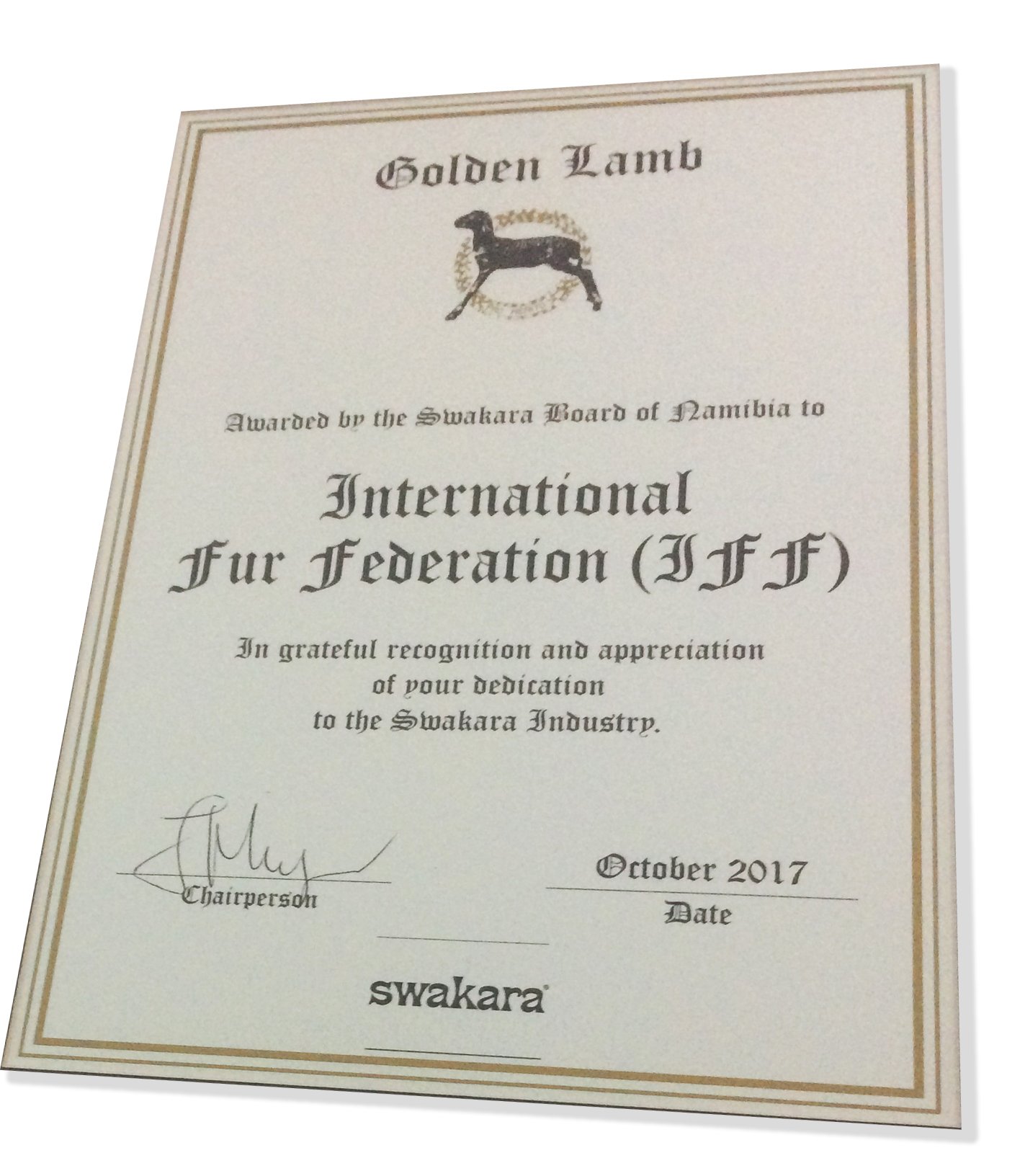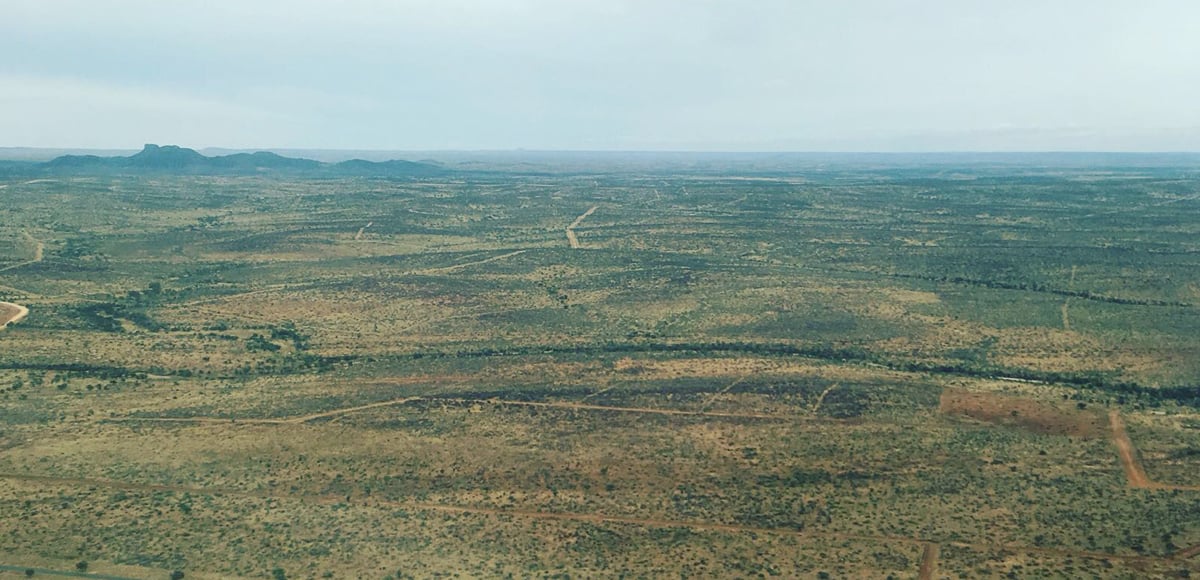On the 28th of October 2017, the Swakara Board of Namibia celebrated 110 years of continuous production of their fantastic material. The day’s events were held in Keetmanshoop in the southern part of Namibia, which is also one of the centres for Swakara production.
On September 24, 1907, the first 12 sheep – two rams and ten ewes -arrived on board a freight ship to Swakopmund in the east of the country. They were then moved by land to the farm which would go on to be a mainstay of Swakara breeding for decades to come. At the time the area was a German colony but as history changed the politics of this quiet corner of the African continent, one things has remained unchanged: the high quality of what the farmers produce on their often dry lands.

The notable anniversary was marked by a strong attendance of Swakara farmers for a day packed with international and domestic speakers and presentations. There were presentations by Jesper Lauge Christensen (VP of Kopenhagen Fur), Anna Heaton (animal welfare consultant to the Kering Group) and Mark Boyle (Director of Standards of IFF). These speakers addressed issues such as the Swakara market, sheep welfare and the environmental and certification progress underway in global fur.
As well as these presentations there were several spirited and open discussions on the big issues facing Swakara including notable contributions from representatives of three major fur companies working with Swakara: Bourtsos (represented by Christos Bourtsos); Konstantinou (represented by Athanasios Konstantinou) and Etherion furs (represented by husband and wife Pano & Anna Siaraferas.) The topics included the drive to increase the number of Swakara skins without damaging quality, the need for government help given the dry climate and new models of farming.
Namibia Agriculture Minister John Mutorwa joined for the grand dinner in the evening. During this he affirmed the special position of Swakara as being of strategic importance as a local industry and was in due course thanked for his help by Julene Meyer the Chairperson of the Swakara Board.
The day was capped off by a magnificent display of the cutting-edge designs that Swakara have been used for, modelled by local youngsters and children of the Swakara farmers themselves. The diverse colours and uses of the ubiquitous material showed the farmers and all present exactly what the end result is of their hard work, experience and care.
It was obvious to all present that with the creativity of the manufacturers, the support of Kopenhagen Fur, The Namibian Government and IFF and of course the hard work and vision of the Swakara Board and farmers themselves that Swakara will continue to build on its proud history forging a prosperous and secure future for all involved.
Finally IFF would like to formally thank the Swakara Board for honoring them with the Golden Lamb award. This is the highest honor the Board can bestow and IFF as well as offering thanks hopes that the great relationship our two organizations have had will only go from strength to strength into the future.







